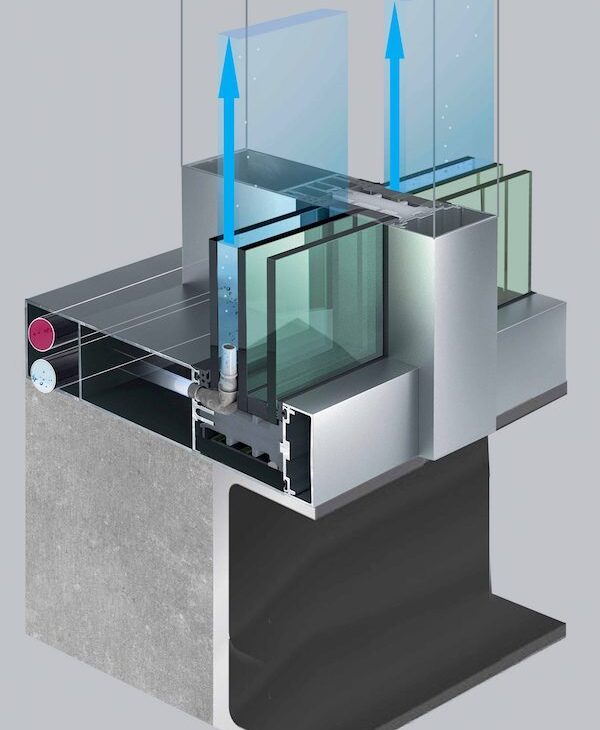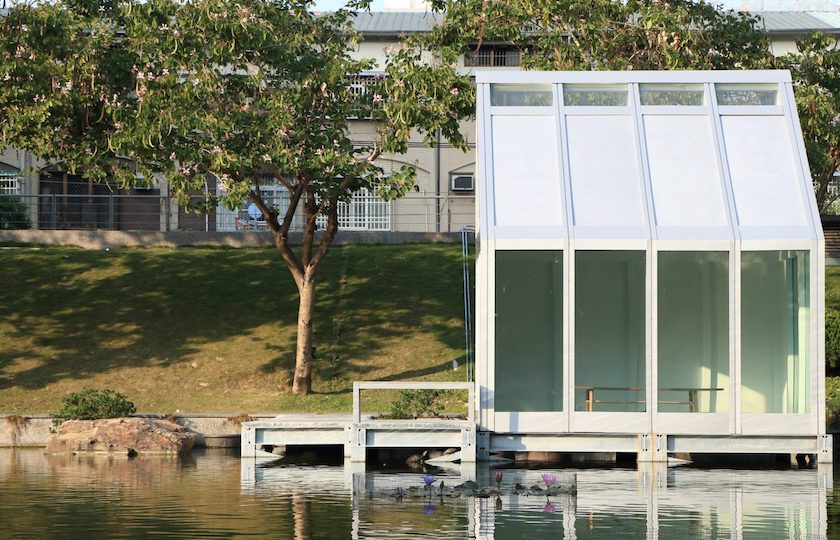British company Water-Filled Glass (WFG) has developed water-filled windows with the goal of making glazed buildings more sustainable.
The windows have a thin layer of water between glass panes, absorbing the heat from sunlight and other radiation.

By this method, the buildings absorb less direct solar heat through windows, which reduces the need for air-conditioners during hot weather. On cold days, the water-filled glass system uses triple-pane windows to prevent the water from freezing.
According to the startup’s estimation, this patented technology can cut energy costs by around 25 per cent compared with standard windows.
Inventor Matyas Gutai admits the concept might seem crazy.
“But we believe this is important because when you think about the energy of buildings and cutting carbon emissions, there’s still great potential and opportunity to think about glazing. Glass is responsible for a great part of heating and cooling energy consumption, and it’s a ubiquitous material, it’s on almost every building.”
In addition, the newly-invented window allows architects to build fully glazed buildings without increasing the embodied-carbon impact of construction thanks to the system that uses off-the-shelf glass and parts.
There are two commercial projects that are now being built – an industrial building in Hungary and a residential development in the US.
Water-Filled Glass was founded by Gutai, a lecturer in architecture at Loughborough University, and his colleagues Daniel Schinagl and Abolfazl Ganji Kheybari.
- Recommended reading: Victoria’s Warrnambool Stadium goes solar, building awareness and aiding disaster relief.



